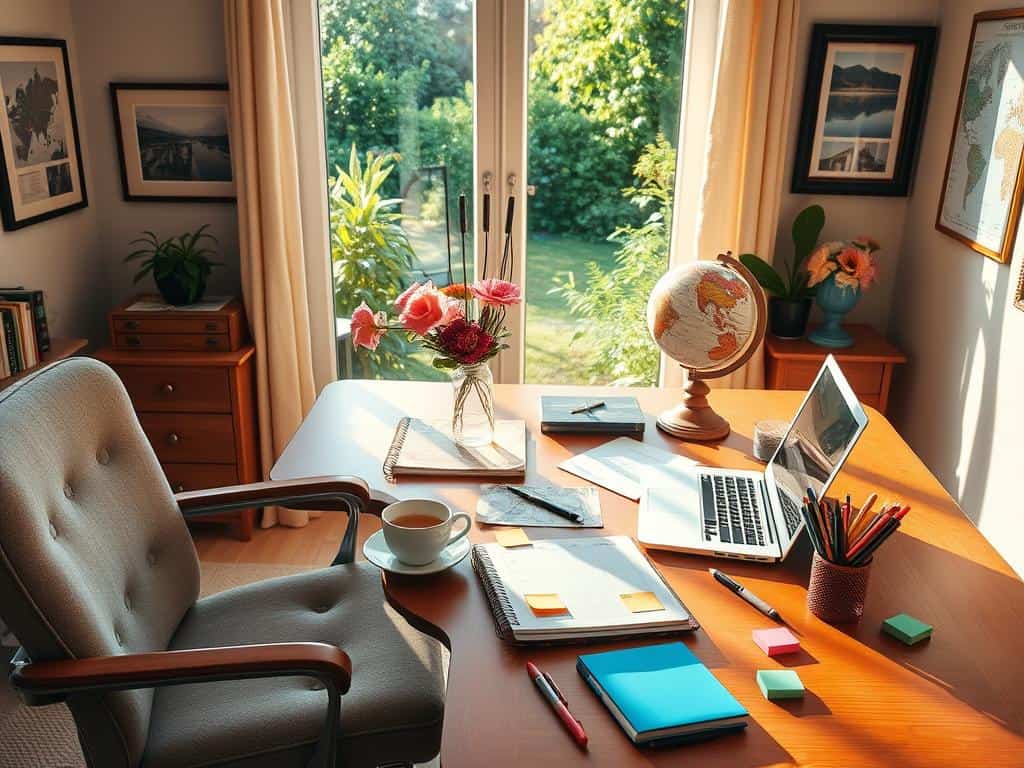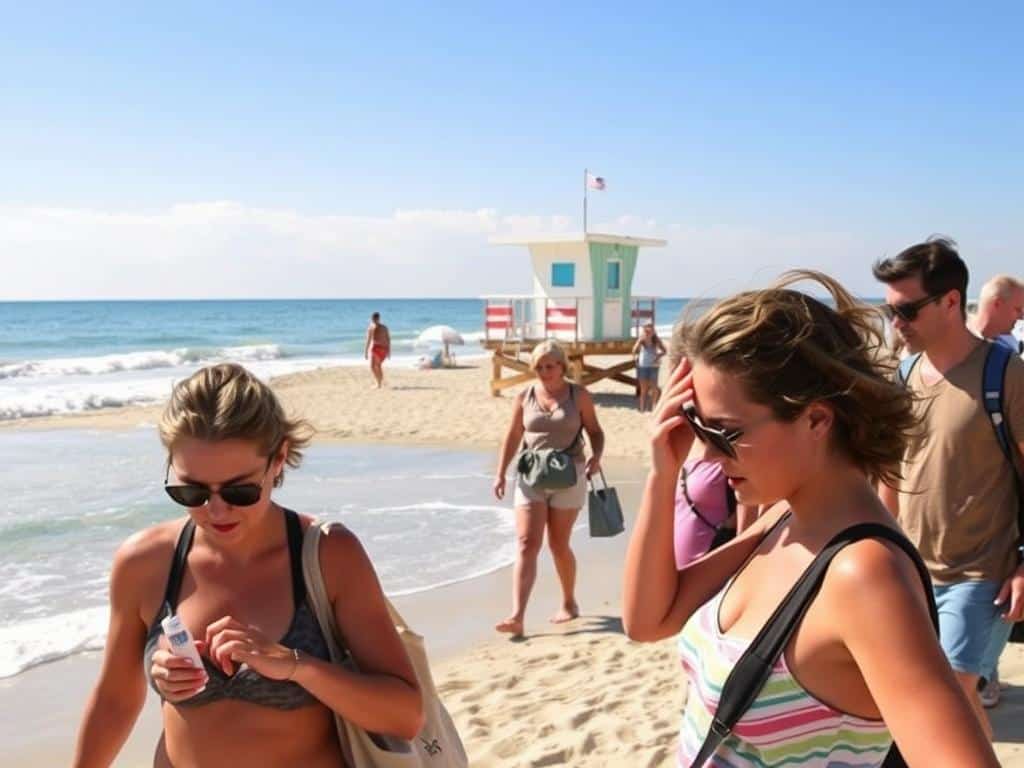Imagine yourself standing at an airport. You watch as a plane takes off towards your dream place. I remember my first trip abroad clearly. It was a mix of excitement and nervousness that came from doing careful trip planning. I loved picking out my journey, finding places to stay, and uncovering local secrets. This made everything more enjoyable.
But, I know planning can seem hard sometimes. It’s tempting to just ignore it, thinking it’s too much hassle. But, I’ve found that having a plan turns stress into excitement. With the right steps, I learned to enjoy every part of traveling. Let’s dive into making stress-free travel planning happen. This way, you can have fun, yet stay neat and prepared for anything.
Key Takeaways
- Effective trip planning enhances your travel experience.
- Anticipation is a vital part of the vacation process.
- Personalizing your itinerary can help alleviate stress.
- Research is critical for a successful journey.
- Flexibility is key for enjoying your travels.
- Planning can turn potential worries into excitement.
- Well-organized trip planning can create unforgettable memories.
Understanding the Importance of Travel Planning
Starting a trip without a plan can make you feel lost. Planning is key for a great journey. It builds excitement and gets you ready for what’s ahead. When I plan, I look forward to my trip and feel ready for new places. Thinking about each detail makes the adventure even better.
The Anticipation of a Well-Thought-Out Trip
Planning a trip is truly exciting. It turns routine into anticipation for an amazing adventure. It’s not just packing; it’s looking forward to new things. With everything arranged, I can enjoy the trip without worry.
Why Some People Avoid Planning
Not everyone thinks planning is needed. Some love the spontaneity, thinking it brings real experiences. I get that excitement for the unknown is fun. But, a bit of planning helps avoid problems and adds to the fun. Even if you love spontaneity, a little planning helps in unknown places.
How to Plan a Trip: Step-by-Step Guide
Planning a trip takes thought and a clear plan. I start by checking my passport and visa needs. Then, I pick a place to visit and do a lot of research. Doing this makes sure I have a great time traveling.
Start with Your Passport and Visa Requirements
Before getting excited about where to go, I check if my passport is up-to-date. It needs enough blank pages and must be valid for six months after I come back. Sometimes, I might also need a visa for certain countries. Knowing these passport and visa requirements ahead of time helps avoid problems later.
Decide on Your Destination
After sorting out my travel documents, I think about where to go. I consider my budget, how much time I have, and what I want to do. I think about the place’s attractions, its culture, and how much it costs. This helps me choose a place that excites me and meets my travel aims.
Research Your Destination Thoroughly
Next, I research my chosen place deeply. I look for real insights into the local way of life, things to do, and what makes it special. Getting to know the place well makes my trip more meaningful. I use blogs, forums, and travel sites for unique ideas and advice.

Creating a Flexible Itinerary for Your Adventure
Planning a trip is both exciting and an overload. I find making a flexible plan gives the best of both—structure plus freedom. I can hit main sights yet make time for unexpected fun. This way, my travels are full of surprises that turn into precious memories.
The Benefits of a Loose Schedule
A loose plan lets me welcome new discoveries. I list top places to see but keep time free for relaxing strolls or tasty local meals. This balance makes travel more than sightseeing. An unplanned event can turn a regular journey into something unforgettable.
Essential Activities to Consider
Even with flexibility, I look into key local experiences. Going to festivals, workshops, or famous landmarks deepens my journey. By checking local happenings ahead, I blend planned visits with spontaneous joy beautifully.
Conclusion
As this guide on stress-free trip planning concludes, we see how a careful plan makes travel better. We looked at important parts, like having the right papers and a plan that allows for both must-see spots and surprise finds. Each planning step is key for great adventures.
Finding joy in planning the trip is just as important as the trip. A mix of set plans and open time for unplanned fun opens doors to new experiences. I urge you to use the step-by-step guide and tips here for smooth travels, anywhere you go.
In the end, planning well means making memories that last. By using these strategies, anyone can start an adventure with confidence. Ready to see the world and its wonders.



